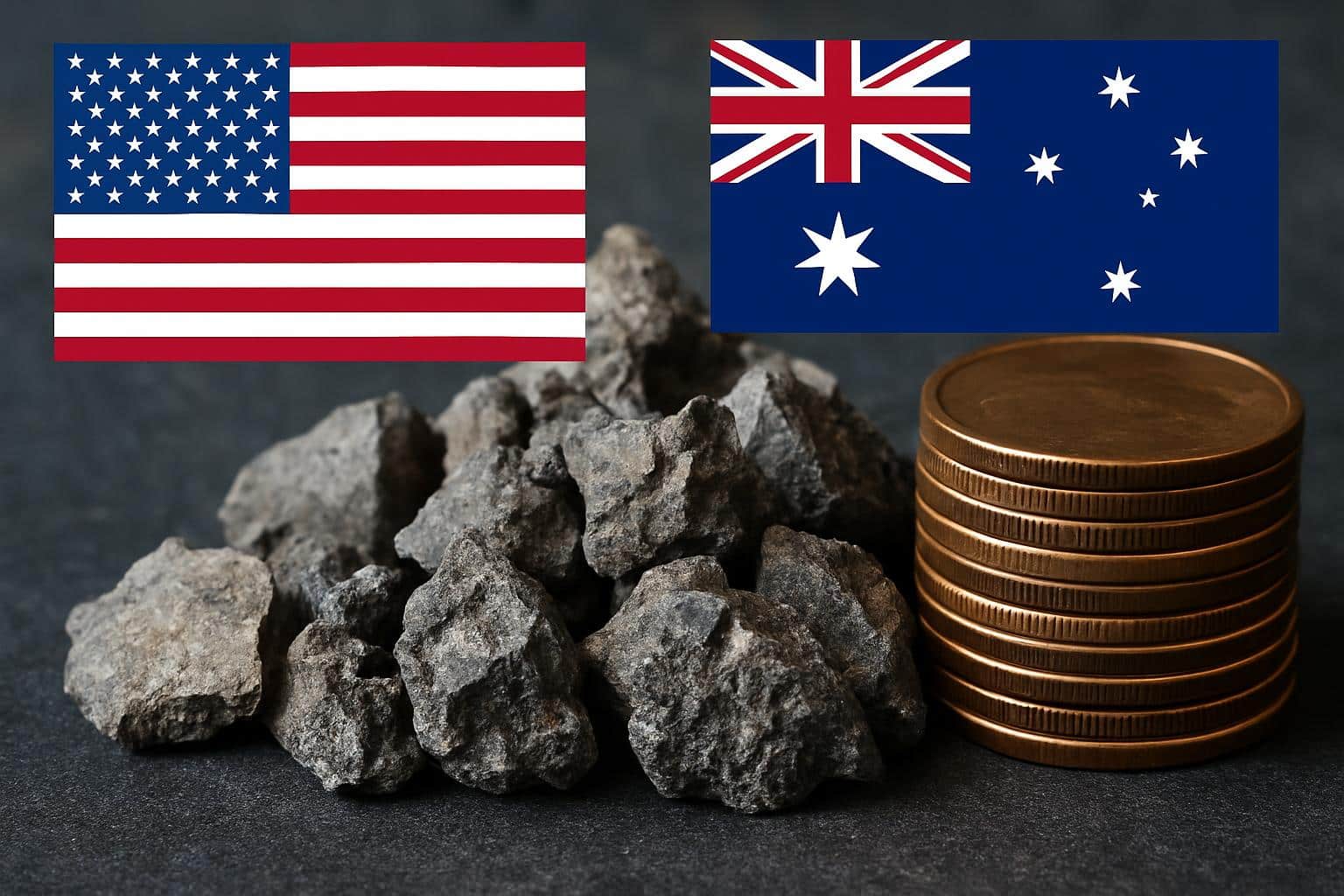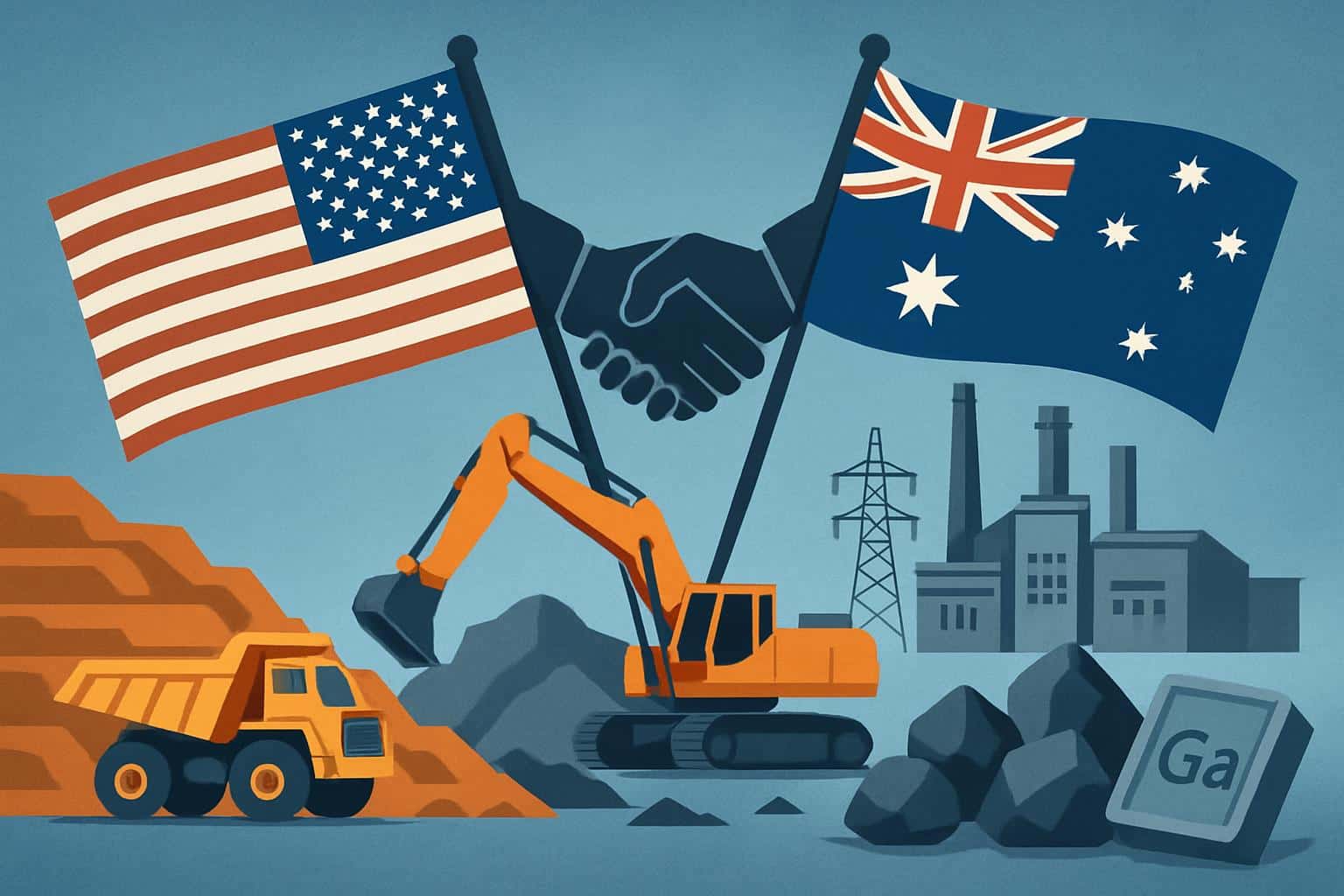Washington and Canberra have announced a $3 billion drive to ramp up critical minerals projects, in a sign of how the U.S.-China trade war is already pushing long-term allies like Australia into Beijing’s arms. The package includes new funding from the U.S. Department of Defense for a gallium refinery in Western Australia designed to produce 100 metric tons a year — more than current American needs — and minimize vulnerability to export controls elsewhere.
Why critical minerals matter for energy and security
Critical minerals are at the center of both the energy transition and modern weapons. Permanent magnets used in wind turbines, electric vehicle motors, and many other downstream technology applications are powered by rare earth elements. It also allows for high-frequency radio components, power electronics, and the blue and violet LEDs employed in lasers and advanced displays. The United States depends on imports for nearly all of its gallium demand, about 21 tons a year by one estimate from the U.S. Geological Survey — and that dependence has long been clear.

Supply security worries were ratcheted up after China imposed licensing requirements on exports of gallium and germanium, and beefed up control over some rare earths. China has historically produced primary gallium, most of which is generated as a byproduct of bauxite and zinc processing around the world. The U.S.–Australia move comes with a focus on growing alternative sources and processing capacity closer to allied markets.
What’s in the $3 billion critical minerals package
Under the deal, the two countries will commit a total of $3 billion over six months to generate an $8.5 billion “pipeline” of projects, officials said. While a complete list was not publicized, the focus is on upstream mining and midstream processing as well as refining capacity for materials that include rare earths, nickel, cobalt, and gallium. In previous cross-border attempts, agencies including Export Finance Australia, the Northern Australia Infrastructure Facility, and in the United States the U.S. International Development Finance Corporation and the Export-Import Bank of the United States have offered loans, guarantees, or offtake-backed financing — mechanisms that seem likely to be part of any proposal here.
Involvement of the U.S. Department of Defense indicates that some projects will be supported by authorities under the Defense Production Act, or by Title III mechanisms. That strategy has already underwritten heavy rare earth separation in Texas, titanium metal, and battery-grade graphite, de-risking investments that markets have been hesitant to finance on their own.
Gallium refinery seeks to rewire global supply chains
Its centerpiece industrial move is the DoD-supported gallium refinery in Western Australia targeting 100 metric tons per year. By way of comparison, U.S. apparent consumption is roughly one-fifth that figure, according to the USGS. Such a facility would not just be enough to cover domestic demand; supplies could also go to allied makers of radio-frequency chips, power devices, and optoelectronics, curbing price and supply shocks.
The large alumina industry in Western Australia, combined with vast bauxite reserves, provides a fortuitous natural source of gallium recovery, as the metal is traditionally removed from alkaline process streams.

Australia’s current industrial footprint — including endeavors like high-purity alumina and rare earth projects — has the chemical engineering capacity and permitting know-how to stand up processing rapidly, a bottleneck that has dragged on projects elsewhere.
Energy and defense stakes in allied mineral supply chains
The International Energy Agency has projected that demand for key battery and magnet materials will increase several times over in the years ahead as EVs and grid-scale storage proliferate. Developing refining capacity in allied markets can reduce lead times, cut logistics risk, and streamline traceability — increasingly a necessity for automakers as they navigate changing procurement rules related to domestic content and free-trade partners.
Defense needs are equally pressing. Gallium nitride semiconductors are workhorses for radar, 5G, and directed energy; they perform well at high voltages and at high frequencies. Along with rare earth magnets for guidance systems, aircraft, and undersea systems, these inputs are now regarded as strategic. While the minerals pact proceeds, Australia is pressing ahead with around a $1.2 billion purchase of autonomous underwater vehicles from Anduril, an effort to push boundaries for undersea capabilities that rely on high-performance electronics and sensor suites.
What to watch next as US-Australia minerals pact unfolds
Key markers in the months to come include:
- Final investment decisions for the first tranche of projects, with offtake agreements with automakers and chipmakers and environmental approvals to follow.
- Community engagement and Indigenous consent processes in Australia, which will be central to project timelines.
- On the policy side, delivery on MSI-styled standards and life-cycle traceability to determine how soon the material qualifies for preferential treatment under industrial policies in the U.S. and allied markets.
If executed, the package could pivot the market toward a more diversified and transparent supply base. It is the combination of government-backed finance, clear offtake demand, and shared standards that the industry has missed. This deal will be a test of whether allied coordination can convert that intent into shovels in the ground and molecules in the market.

